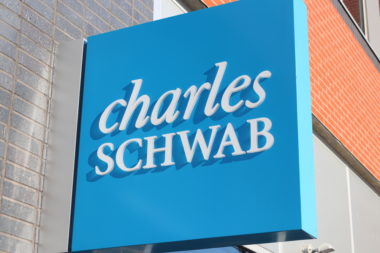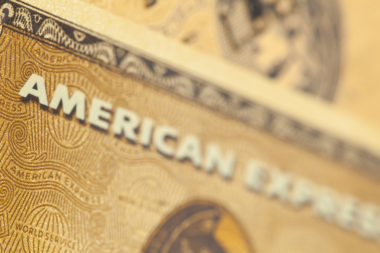Banks have a stigma when it comes to fees. If you break a rule or miss a payment, don’t be surprised if you find yourself hit with a penalty of one sort or another. After all, fees are a major source of income for the average lender.
However, your bank’s need to tack on a fee for something as simple as accidentally overdrafting on your account hardly means that you need to be a source of income for them. If you take the time to learn about overdraft fees, you’ll be able to keep your accounts flush with cash.
Table of Contents
What Is an Overdraft Fee?
An overdraft fee is a fee that is charged to a bank account owner when the balance of their account dips below zero dollars. In other words, if you pay a bill or swipe your debit card and there isn’t enough money in your account, you’re going to incur an overdraft fee.
Overdraft fees may sound harmless, but they’ve actually become a bit of an issue. The Center for Responsible Lending reports that banks collected a whopping $11.45 billion in overdraft fees in 2017 alone.
Types of Overdraft Fees
One of the trickiest things about overdraft fees is that they can come in different forms. Here are a few of the most common overdraft fees to look out for:
Traditional Overdraft Fee
A traditional overdraft fee is what you might expect: a fee that occurs when a consumer spends more than they have in their account at any given moment.
Non-Sufficient Funds Fee (NSF)
A non-sufficient funds fee, also known as a “returned item fee,” takes place when a transaction is declined due to a lack of funds in an account. For instance, if a check is cashed against an account that has insufficient funds, the bank will decline the transaction (known as a “bounced check”) and charge the account holder an NSF fee.
Overdraft Protection Fee
One of the ways to protect yourself from overdraft fees is to sign up for overdraft protection. This provides your bank account with a safety net — usually somewhere between a few hundred and a few thousand dollars — that can be drawn on if a charge brings your account balance below zero dollars.
Of course, this service isn’t always free, and you’ll need to repay the borrowed funds. In addition, overdraft protection requires the bank to transfer funds between your accounts, which typically involves what is sometimes called a “courtesy fee.” While smaller than a full overdraft fee, it can still be substantial.
Extended Overdraft Fee
If an overdraft fee sits unattended for too long, it can incur an extended overdraft fee. While each bank’s policy may vary, the first extended overdraft fee can take place within less than a week — often five business days — and multiple extended fees may be charged if repeated overdraft attempts are made against the account.
Overdraft Fee Amounts
Most overdraft fees are below $40, with the median fee falling around $34. That might not sound like a lot, but if you rack up five or 10 such fees over the course of a year, you’re looking at hundreds of dollars in penalties.
In addition to the sneakily high cost of the fees, according to one Consumer Financial Protection Bureau (CFPB) report, the majority of overdraft fees are paid within three days and are earned on charges that are below $24, more than doubling the cost you thought you were paying when you popped your debit card into the chip reader at the store.
According to the report, if a consumer made a $24 charge and then paid the fee three days later, it would be equivalent to paying a 17,000% annual interest rate on a loan.
How to Avoid Overdraft Fees
There are a few strategies that can help you avoid overdraft fees:
- Overdraft fee waiving: If addressed quickly, many overdraft fees can be waived within a certain grace period. First-time penalties are easy to waive, although it may still be worth trying to get other fees waived if you’re a customer in good standing with your bank.
- Opting out of overdraft protection: If you choose to opt-out of overdraft protection entirely, you will avoid any courtesy fees. However, keep in mind that all overdraft charges will be rejected by your bank, leaving them unpaid, and specific fees, such as non-sufficient funds fees, may still apply.
- Online banking: Online banking gives you the ability to monitor your accounts at a moment’s notice and even allows you to transfer funds between accounts at any time.
- Balance alerts: Setting up balance alerts to your phone or email can be a good way to make sure you’re always aware when funds are tight.
- Linking accounts: Linking your checking account with another checking or savings account can allow you to quickly transfer money into an account before it incurs an overdraft fee.
- An overdraft line of credit: Some banks offer an overdraft line of credit, which allows you to overdraft and pay a minimal amount of interest (often pennies) if the amount is paid back within a few days.
- Keeping a buffer in your account: Sometimes to do something right you need to do it yourself. If you can afford it, try to keep a cushion of a few hundred dollars in your account at all times. This gives you the peace of mind that if you overcharge something, it will be covered by your own interest-free funds.
Repeated overdrafts can cost you a lot of money, so it’s worth it to avoid overdrafting on your bank accounts as much as possible.
Image Source: https://depositphotos.com/





